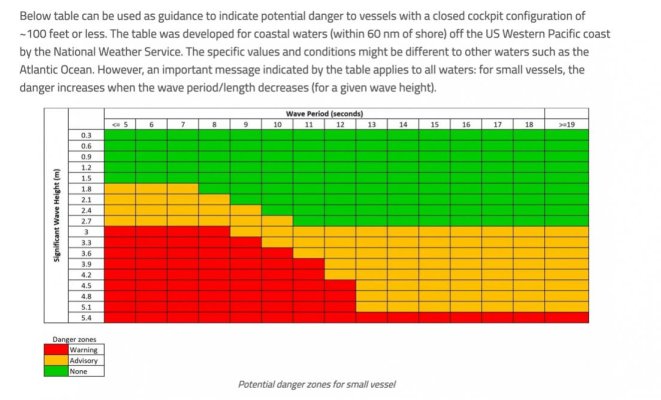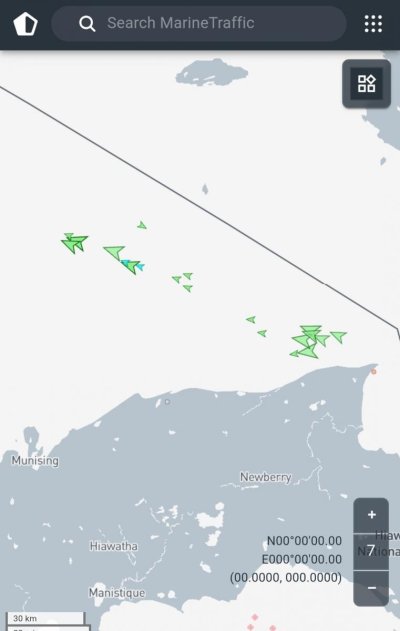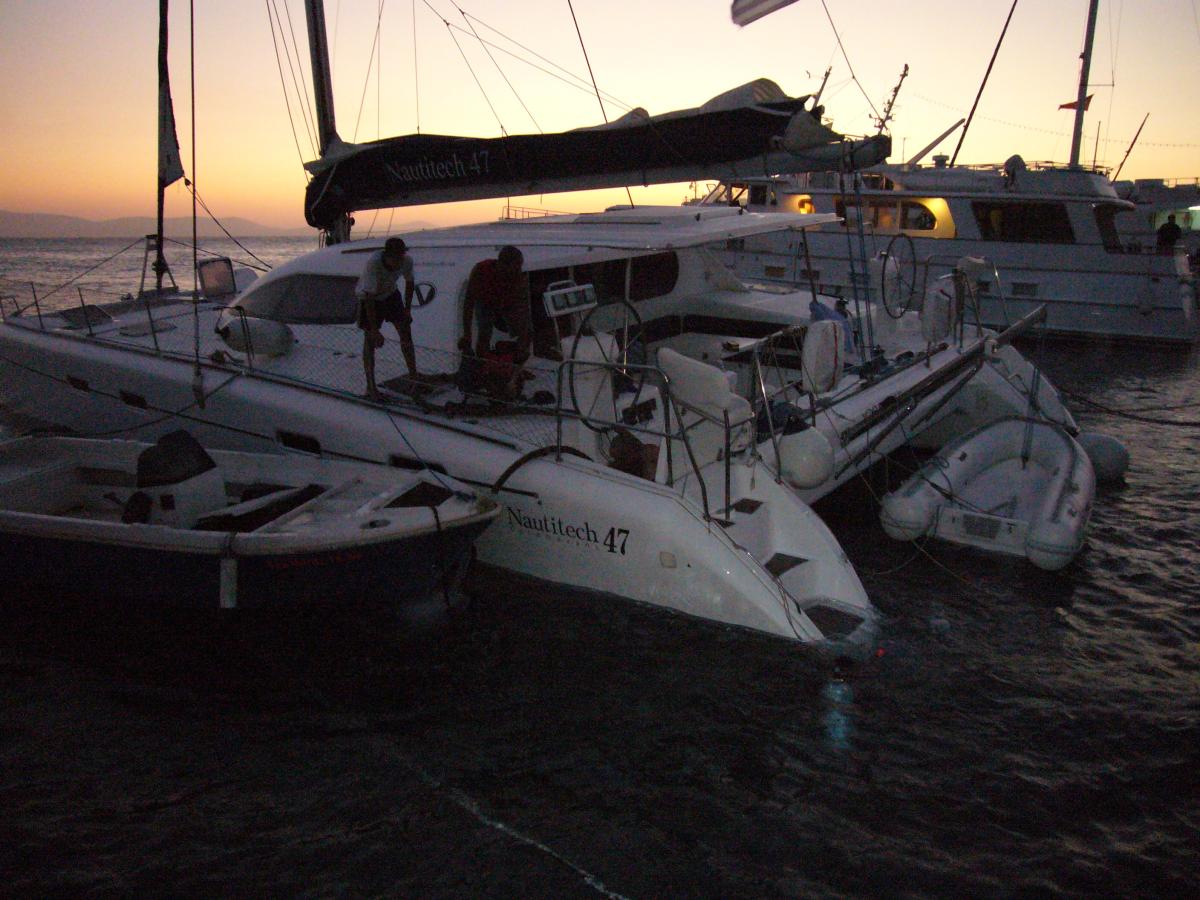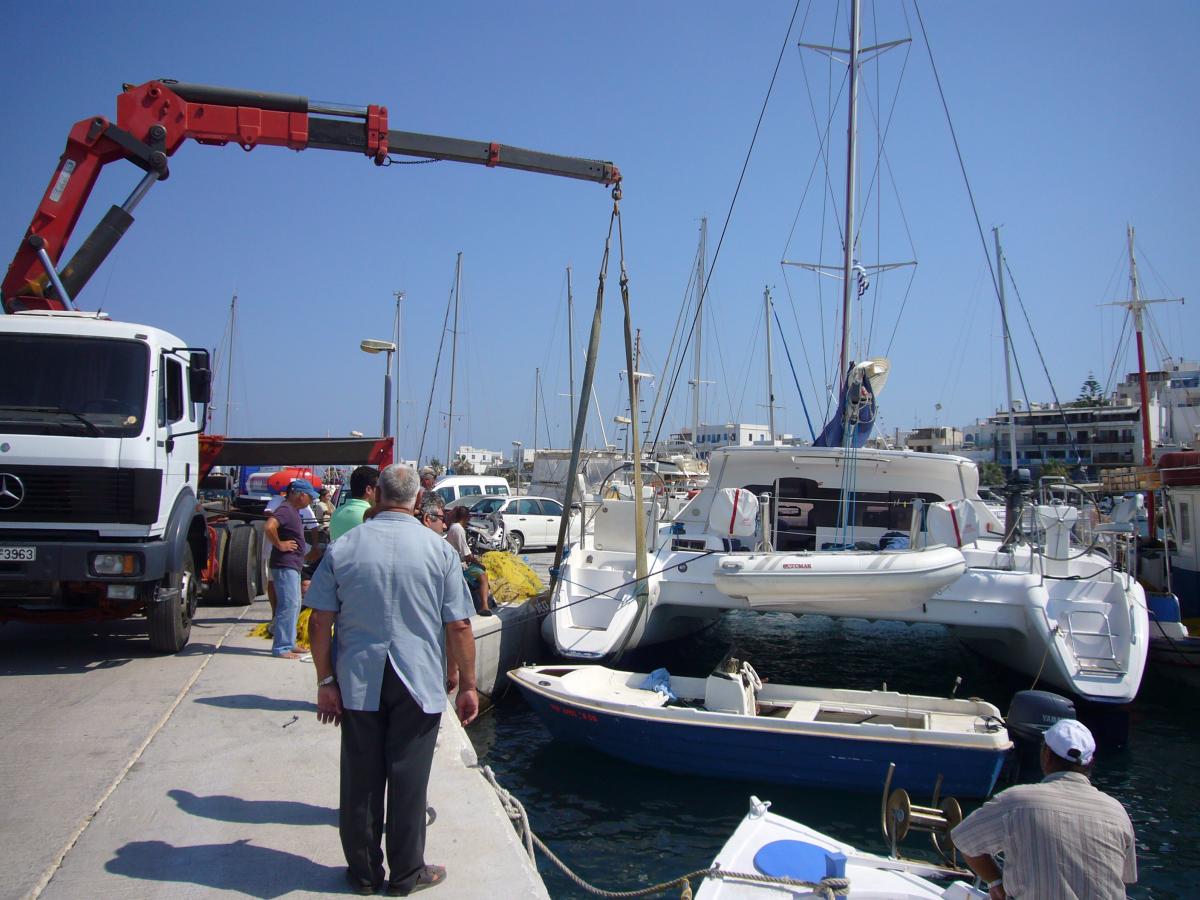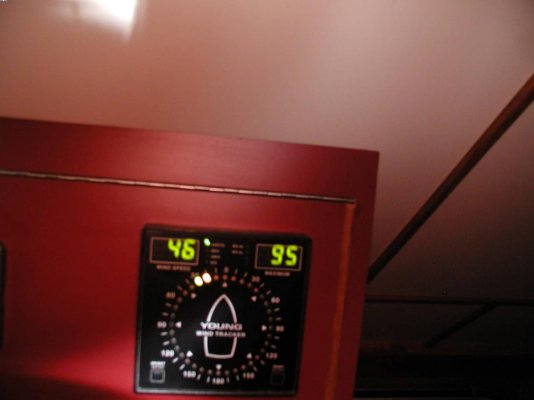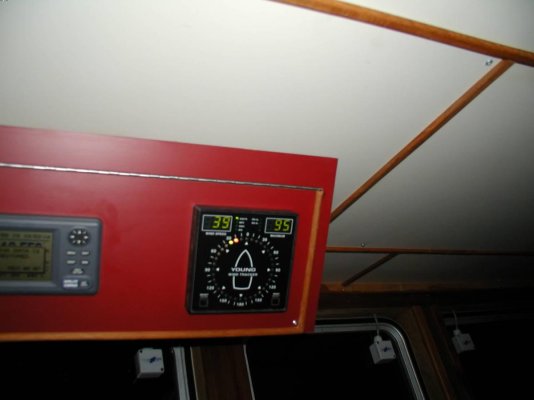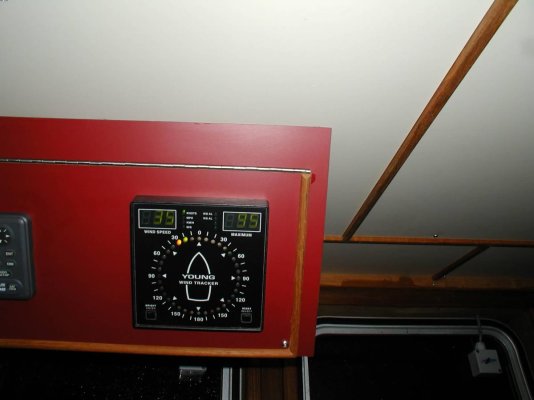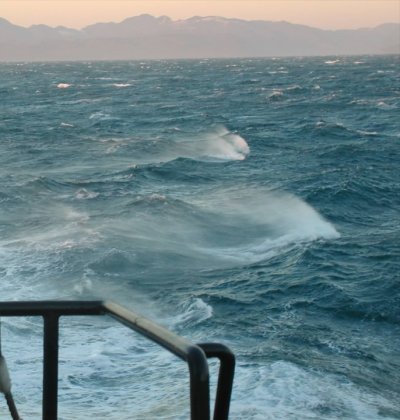We weren't looking for this boat when we found her. We'd never even heard of Robert Beebe, or his book "Voyaging Under Power", much less had any knowledge about Gardner engines, or Hundested CCP's, but we had a crash course in education before making an offer.
Our "Dream Boat" prior to our purchase was a DeFever 48 or 49 RPH trawler. '80's or early '90's model to be within our cash budget for purchase. Engines (for older model) would likely have been FL-120's or FL-135's for newer models within our price range. We looked a several, made an offer on one, which broker never forwarded to the Seller, we found out later, when we ran into the Seller, that they would have accepted or offer if the broker had forwarded it to them . . . . but that's another story.
The DeFever's are great boats, serious coastal cruisers, which can do long range coastal cruising with proper prep and Wx windows. Overall, we really like them!
We found our current boat, a Beebe Passagemaker 50 in PNW, which wasn't the plan, since we were looking at boats on the East Coast, or Gulf Coast, but our long range plan was always to head though the Canal and up the West Coast to PNW and trip to Alaska when we got dived out in the warmer waters of the Bahama's/Caribbean. So we just ended up doing it in reverse!
This boat is more capable than we are adventurous! It was built in Manila, Philippines, and came to the PNW on it's own bottom, up through the Sea of Japan, off the coast of Russia, to the Aleutians, and down the coast of Alaska, the inside passage of Canada, to the PNW.
This boat is way larger/more capable than anything we had been looking at, but we love the long range (4500nm at 6.5kts), the over built drive train, and the large fuel, fresh water, and holding tanks. Lots of room (did I mention that?), but with associated higher moorage rates, etc of a longer boat as well.
Game changers for us in the "Full Time", or "Long Range Cruising" columns, in no particular order are:
- Seawaterpro water maker (we added)
- 2,880 watts of solar (we added)
- 1,200 ah of LiFePO4 batteries (we added)
- Starlink (we added)
- room for lots and LOTS of spare parts (although never the right ones . . . . )
- overall accessibility/access to mechanical items on the boat.
Other nice to haves include:
- large freezer on aft deck
- ice maker
- washer/dryer
- multiple ways to charge batteries (5 as I count them)
- hydronic heat
- reverse cycle HVAC, when underway, on generator, or on shore power
- LOTS of interior space for inclement WX
- hyd bow thruster for those tight spaces
- paravane stabilizers (double as outriggers for fishing!

Would I trade her for a newer Nordhavn in the 50' ish range? Possibly, not sure.
Were we to "downsize", we would seriously consider a KK-42. We like the idea of a single engine, although we would like some sort of "get home" capability
But the bottom line, the BEST boat, is the one you currently own! You just need understand it strengths, and limitations, but most of all, you need to GET OUT ON THE WATER AND USE IT!


